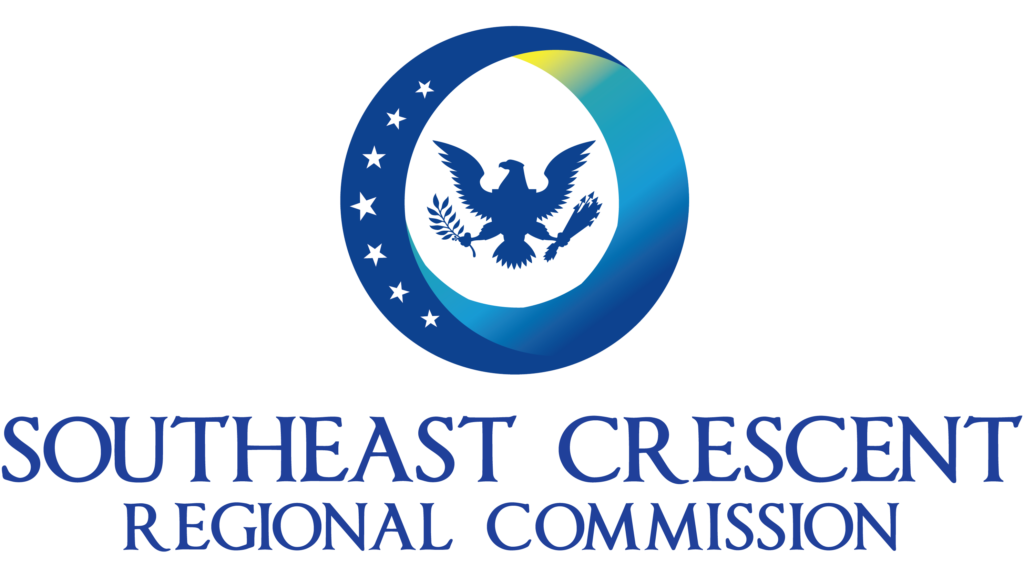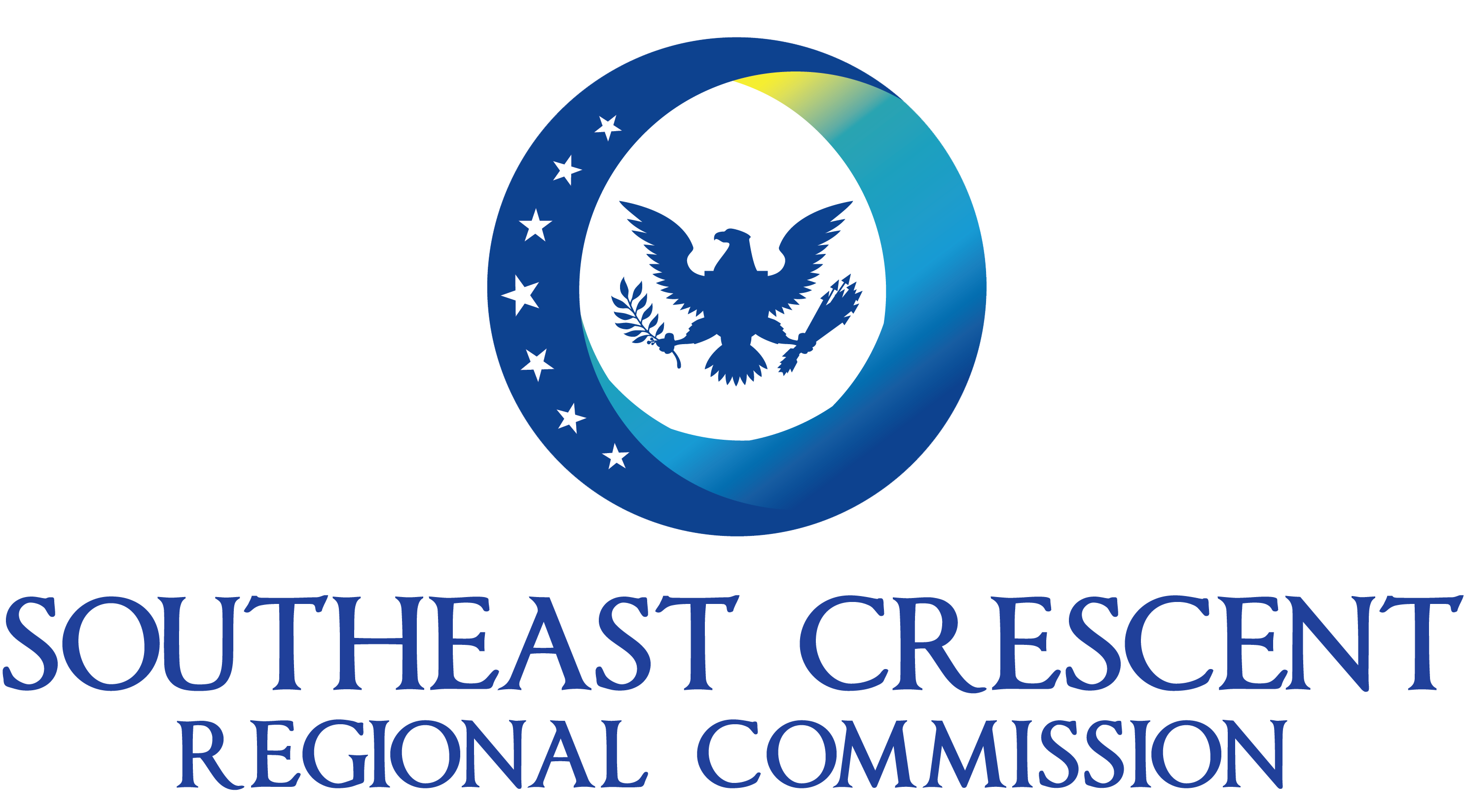Five Pillars of the National Strategy
The National Strategy is anchored around Five Pillars and the strategy includes actions from across the federal government.
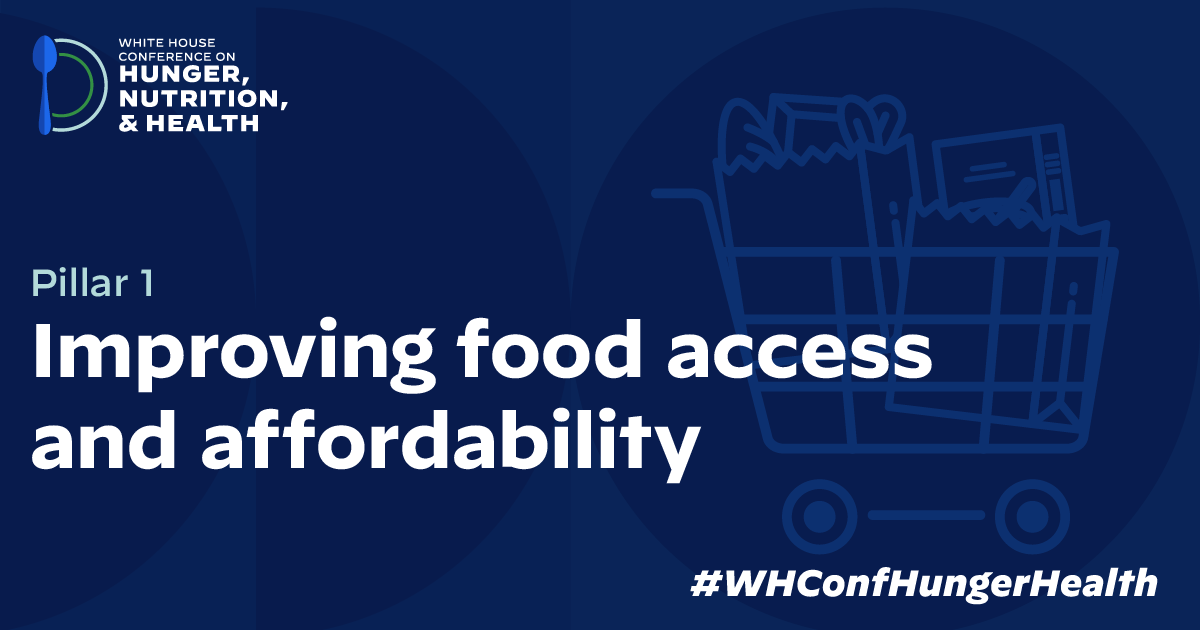
- One of the root causes of hunger is poverty. The President is committed to pushing Congress to take a number of steps that will improve the overall economic well-being of the American people – like extending the expanded Child Tax Credit and raising the minimum wage, among many other programs, because families who are economically secure are not forced into impossible decisions about whether to pay the bills or buy food.
- The Administration will advance a pathway to free healthy school meals for all. Free and reduced-price school meals currently provide more than 30 million children critical nourishment and help create positive outcomes for children alongside improving their nutrition. We will take a major first step toward school meals for all by working with Congress to expand access to healthy free school meals for 9 million more kids by 2032.
- To ensure children have access to nourishing food year-round, the Administration will work to provide benefits to families to purchase groceries during the summer months through the Summer EBT program.
- We know that SNAP is a proven intervention to reduce food insecurity. The Administration will work with Congress to expand SNAP eligibility to more underserved populations, including formerly incarcerated individuals.
- Through actions taken across federal agencies – including HUD, DOT, SBA, DOC, USDA, and HHS – the Administration will also leverage housing and other community programs, improve transportation opportunities, and invest in underserved communities to improve access to grocery stores, farmers’ markets, and other food retail options.
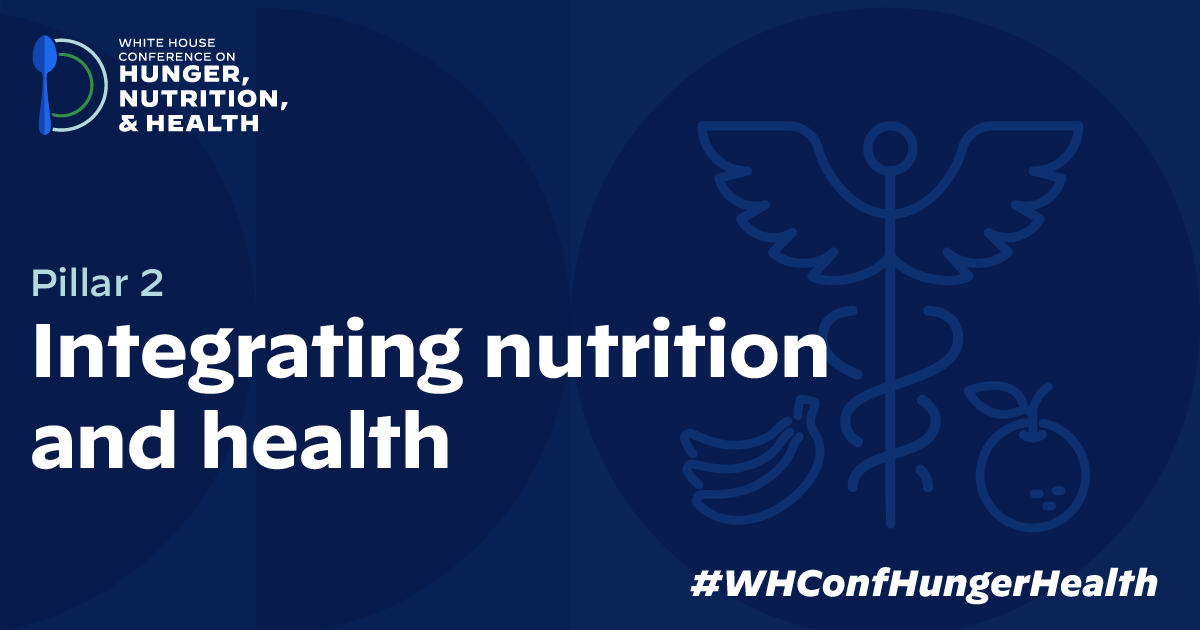
- We need a health care system that not only treats disease, but prevents it from happening in the first place. The National Strategy supports creating a pilot to test coverage of medically tailored meals in Medicare – “food is medicine” interventions, including medically tailored meals, can effectively treat or prevent diet-related diseases and reduce food insecurity.
- The National Strategy also supports expanding access to nutrition and obesity counseling in Medicare and Medicaid so people can get the guidance they need to stay healthy.
The Administration will also take steps to ensure that more people are screened for food insecurity – and then connected to programs that can help them – throughout their interactions with the health care system. We know that social determinants of health (SDOH) can be a strong predictor of health outcomes and are a major driver of health disparities. Incorporating SDOH, such as through food insecurity screenings, into health care can help practitioners better recognize the root causes that affect health, tailor care to unique individual needs, and connect patients to resources like SNAP, WIC, or a local food bank. - HHS – through CMS – will work to incentivize payors and providers to screen for food insecurity and other SDOH.
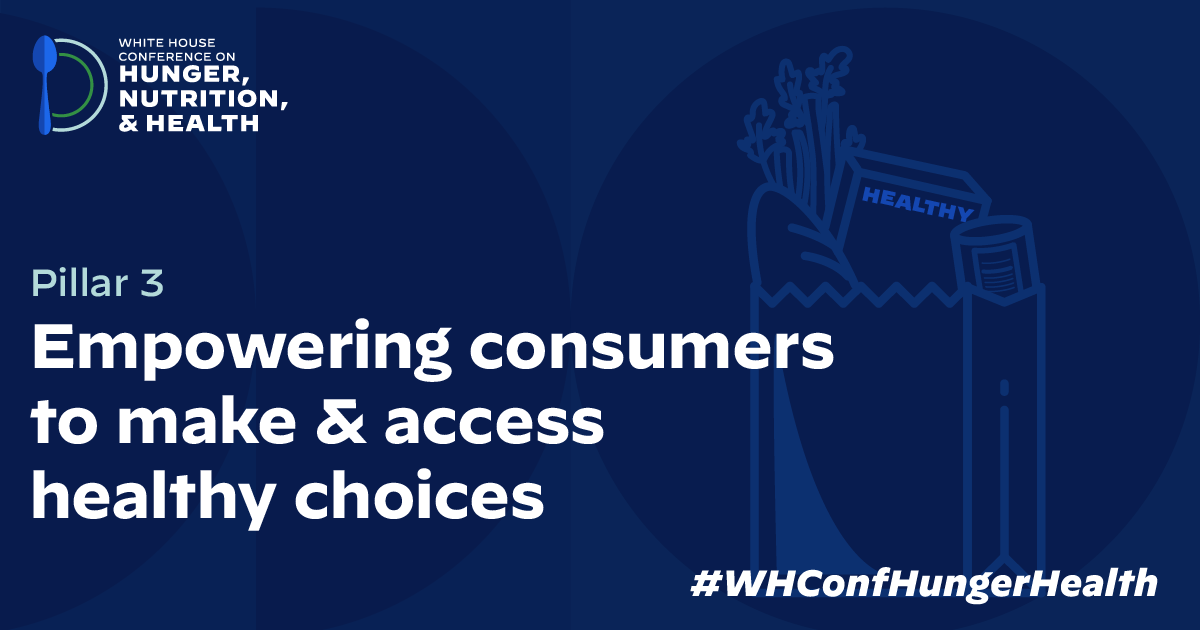
- The Biden-Harris Administration will work to make the healthier choice the easier choice.
- The FDA will conduct research and propose the development of a standardized Front of Package (FOP) labeling system that quickly and easily communicates nutrition information. FOP labeling systems—such as star ratings or traffic light schemes—can promote equitable access to nutrition information and healthier choices and could also prompt industry to reformulate foods to be healthier.
- To increase access to fruits and vegetables for SNAP recipients, the Biden-Harris Administration will work with Congress to increase the reach and impact of incentives for fruits and vegetables in SNAP. Pilots have shown that creating incentives in SNAP to support purchasing more fruits and vegetables have been an effective way for people to eat healthier foods.
- The Administration is also taking key steps to create a healthier food supply. The FDA will issue revised, voluntary sodium reduction targets to continually lower the amount of sodium in foods – beyond what the targets FDA issued in 2021. The FDA will also begin assessing the evidence for additional ways to reduce added sugar consumption, such as potential, voluntary added sugars targets.
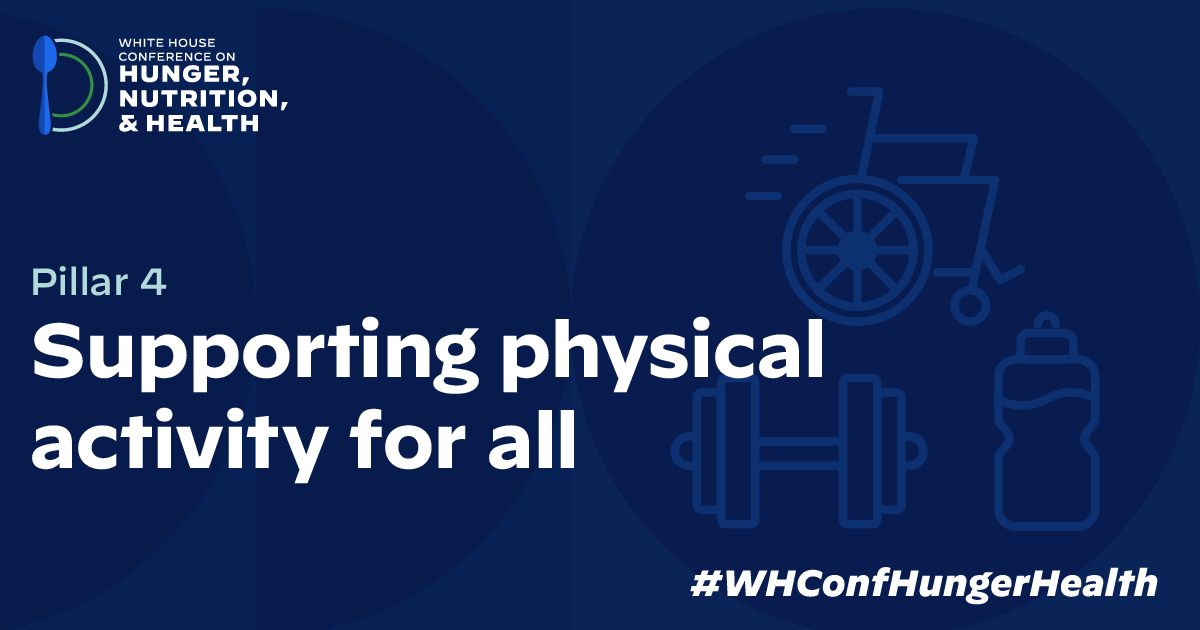
- One of the most impactful ways people of all ages can improve their health and reduce the risk of diet-related disease is by being more physically activity. Yet, the vast majority of Americans do not meet recommendations.
- The Administration is committed to building neighborhoods that prompt and support physical activity. For example, the Administration will work with Congress to expand the CDC’s Physical Activity and Nutrition Programs to all states and territories to implement successful state and community-level policies for physical activity. The program is currently only in 16 states.
- The National Strategy also supports investing in the National Park Service to better connect people to parks and other outdoor spaces, and highlights key actions the Department of Transportation will take to make our streets safer for all people, whether they’re walking, biking, or rolling.
- The Department of Education and CDC will also partner to support physical activity in schools.
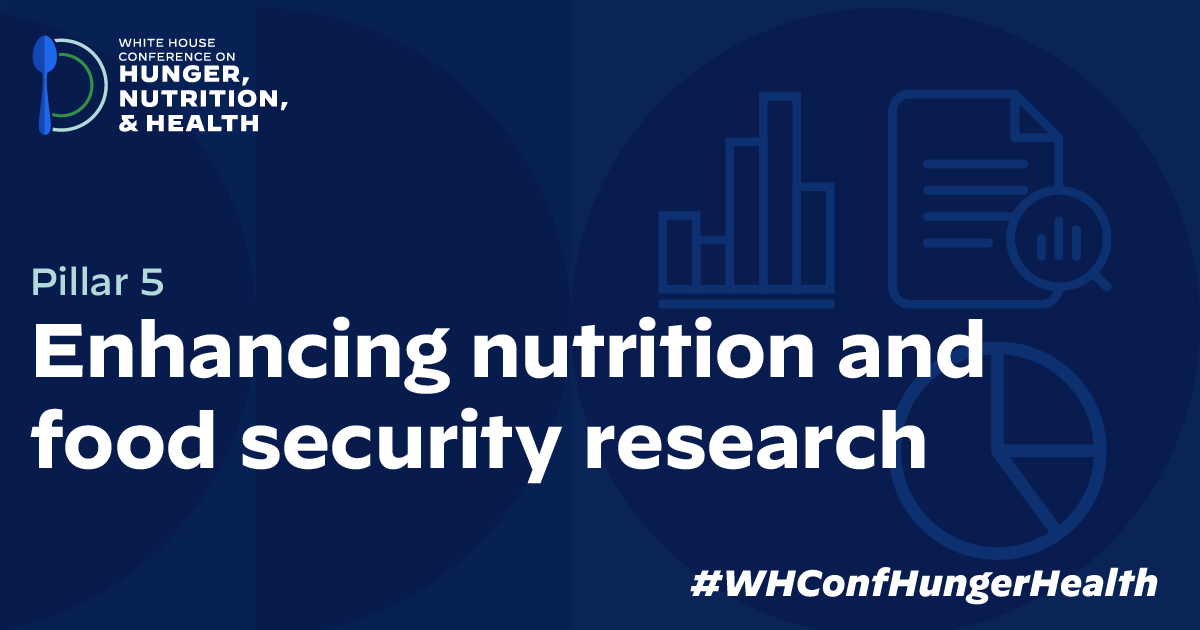
- Pillar 5 represents the foundation for all the other pillars. We must have sound science to inform effective policies, particularly on issues of equity, access, and disparities.
- The Administration will bolster nutrition research funding to ensure we have the resources to effectively conduct consistent and innovative nutrition research. The Administration will also implement a coordinated federal vision for advancing nutrition science – working across agencies we will identify scientific opportunities, gaps, and priorities to continue to advance nutrition science, with a particular emphasis on ensuring equitable access to the benefits of research.


